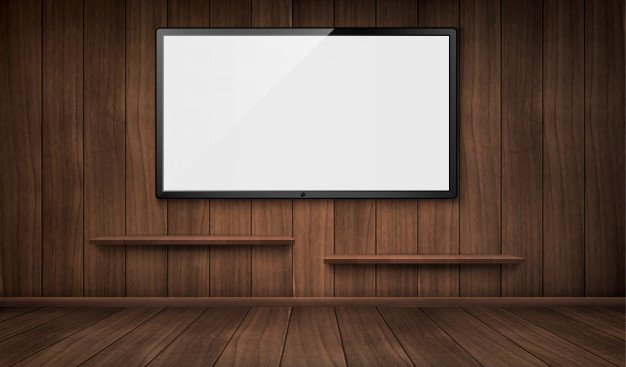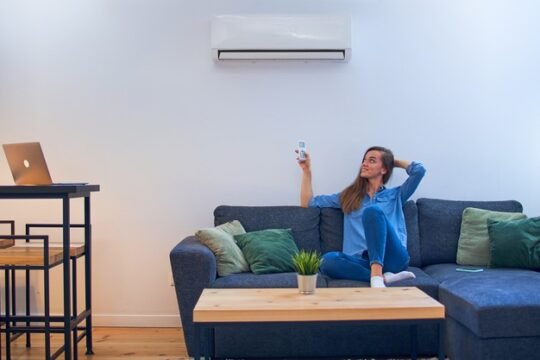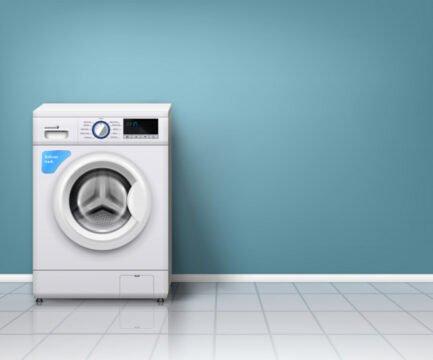- You have no items in your shopping cart
- Continue Shopping

LED stands for light-emitting diode and these make up the backlights of some TVs. The LEDs either sit behind the screen or at edge of the screen. The backlight creates the light, which passes through the liquid crystals, along with a few other filter layers, to create the picture. With a few exceptions every LED TV has an LCD display The liquid crystals don’t create light, though; that job falls to the backlight.
Read on to find out the many advantages and disadvantages of having an LED TV at home
ADVANTAGES
-Better picture quality
–Energy efficient
-Better life span
— mercury is not used for lighting the display panel in LED television.
DISADVANTAGES
-They are quite expensive
— difficult to mount the LED TV on the wall
- LED TV do not have better Contrast ratio THINGS TO CHECK WHILE BUYING AN LED TV
- Brand
Television (TV) sets from brands such as Micromax, Vu, Intex and Noble offer great value for money, and can be good options if you don’t want to spend too much. - Placement
Before purchasing a TV, decide where you want it to be placed—on a table stand or mounted on a wall. Most manufacturers today ship TV sets with a stand in the box, and the wall mount bracket has to be purchased separately. Keep in mind that If you decide to mount the TV on a wall, you will need to find a way to hide the dangling cables. - Connection and ports
Most people tend to forget checking the number of devices that can be connected to their television. Majority of the devices today use an HDMI port for connecting to the TV for best quality video and audio output. However, they can also be connected via a composite/component port, if required. - Audio output
Speaker output has been the direct casualty of slim TVs. Most slim TVs come with dual 10 watt (RMS) speakers which tend to blare on volumes above 70%. If you want quality audio experience, we recommend you invest in a home theatre or a separate speaker system. Check if the TV has optical or SPDIF/coaxial audio out port, ideal for multichannel audio output. - Wireless connectivity
Internet connectivity on a TV has multiple benefits: You can access multimedia content, keep a tab on your social networks and, in some cases, even make video calls. You will need to check if the TV has built-in WiFi or supports external WiFi USB dongles for connectivity. This will allow you to connect your home WiFi network and stream audio/video content on your TV. - Smart or non-smart TV
Smart TVs have been around for a while now and you can easily get one for less than Rs 50,000. Smart TV comes preloaded with an operating system—that functions similar to a smartphone OS. You can connect to the Internet to view content, install additional apps and even games. Smart TV delivers a much better overall user experience. However, keep in mind that Smart TV is expensive compared to the normal. - HD Ready, Full HD or 4K
These are terms used to denote the resolution of the TV screen. HD ready offers 1,366 x 768 pixels, full HD is 1,920 x 1,080 pixels and 4K is 3,840 x 2,160 pixels resolution. The higher the resolution, the better the image quality. We recommend that if you have the budget, get a 4K TV. If not, then go for a full HD screen at least. - Which TV size?
The common TV panel sizes available today are: 32, 40, 42, 46/49 and 55 inch. To decide which is the ideal screen size for best viewing experience, measure the distance between where the TV will be placed and your bed/couch/chair. If the viewing distance is between 4-6 ft, buy a 32-inch unit. If the distance is more, say between 5-8 ft, opt for a 40/42-inch TV. Go for a 46/49-inch panel if you will be viewing from 6-9 feet distance.




